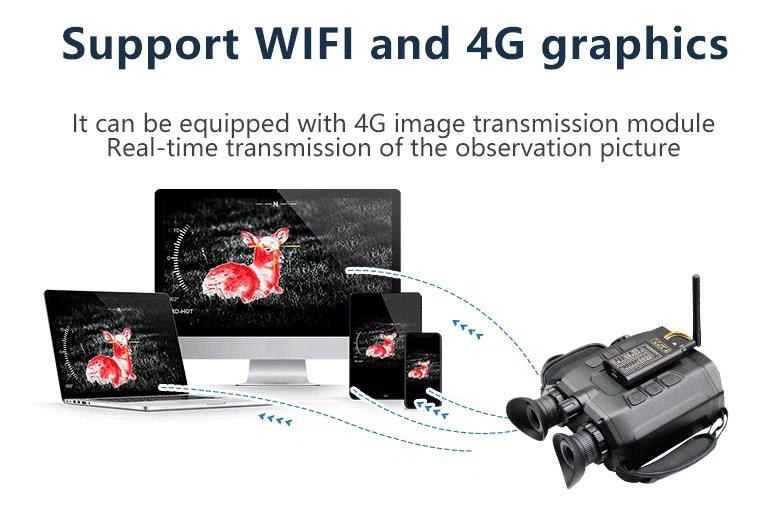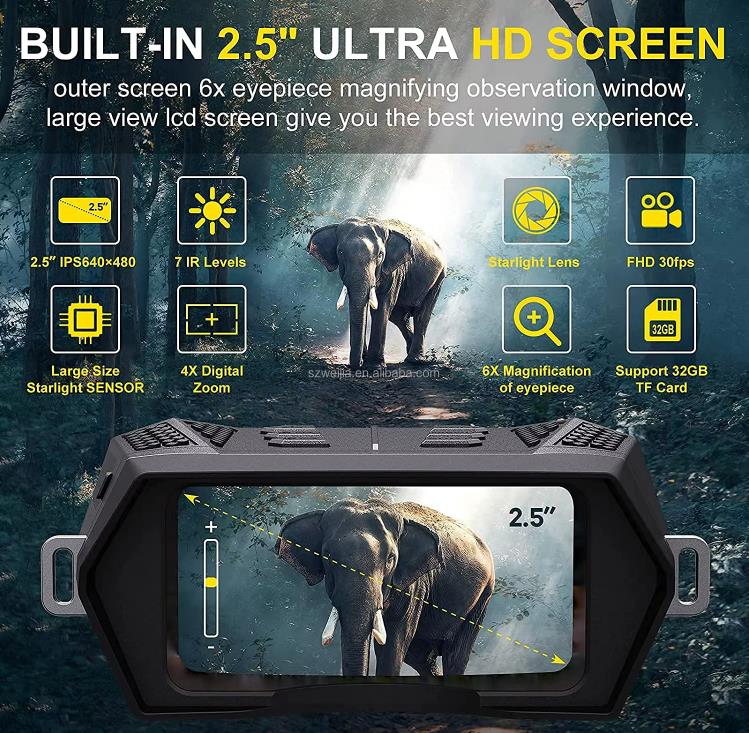Infrared cameras and infrared thermal imaging are two completely different devices. The main difference between them is the different wavelengths of light they capture.

After installing a filter on an ordinary camera, an infrared image can be obtained. This is because the wavelength range covered by the optical sensor of an ordinary camera includes near-infrared and near-ultraviolet wavelengths. When taking photos or videos, if a filter is not used, the sensor will be affected by near-infrared and near-ultraviolet light that is invisible to the human eye, causing the image to be color-cast. In order to restore the original color, the traditional method is to add a filter coating to the surface of the sensor or install a filter in the lens to filter out these invisible lights.

Thermal imaging usually refers to images taken with near-infrared light sources without filters. It is common in the field of security cameras, and civilian night vision equipment also uses this method. Cameras used for infrared temperature measurement are generally called thermal imagers. They use lenses made of specific materials to filter out most of the light and only allow far-infrared light of a certain wavelength to pass through to illuminate the sensor surface. The weak far-infrared light received by the sensor will produce a photoelectric effect, thereby calculating the temperature of the target corresponding to each pixel.


